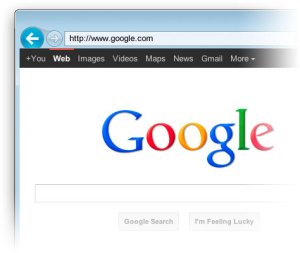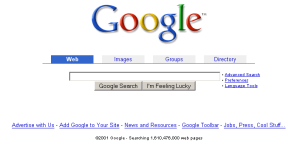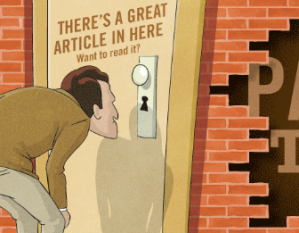As a relatively new entrant into the world of user experience (UX), and UX Design, the labor that they provide is something that is generally hidden when using information and communication technologies, especially those of new media. It is a common position, team, or even department at most internet companies, and I had never heard of such a job until I began taking human-computer interaction courses at Cornell.
As an example, I looked at Google’s UX & Design job page, where they list the following description:
“Focus on the user and all else will follow.” The job of our User Experience professionals is to make sure that our products are useful, usable and desirable to millions of users worldwide.
The human labor exerted within this group includes creating designs, mock-ups and prototypes, doing research, user testing, and creating features that affect how users view and experience a service from Google, such as how the interactions needed to upload or watch a YouTube video, or how the Gmail interface looks. They don’t create content that end users produce or obtain, but they play a vital role in shaping how users experience the actual content of the media.

The new YouTube video player interface – human labor behind the design changes how people experience, receive, and interact with information
Downey often discusses in historical examples about how different labor helps information jump contexts, as his sources of labor are directly in the “path of transit” of information – the information has to pass through labor, which helps it “jump” contexts. I am not sure how much that applies in new media – much of the “path of transit” is sustained through technological links; the human labor helps create the platform where this takes place, but the information doesn’t pass directly through the laborers. In other words, UX Designers at Google don’t use their labor to directly format and deliver information, but rather use labor to create and decide how a platform will format and deliver information.
Ironically, much of the labor that UX Designers do is invisible, even though the end product is obviously visible, causing me to call this the paradox of UX Designers. Because the focus of their labor is on creating user experiences, the work that they do emphasizes the relationship between the end users and the technology (such as how does the user interact with Gmail, how do they experience working on Google Docs with other users?), which obscures the very real acts of labor that the UX designers themselves perform, rendering them invisible. Most people don’t think about why webpages are designed a certain way, or the research, iterations, and work behind it – the way it looks and feels is just the way it looks and feels.
Given this, however, it is very important to recognize the labor that UX Designers do, because they are human too. They have their own beliefs, follow various social norms, and operate within a cultural context – and inevitably, some of these beliefs affect their labor, which can affect how users experience, send, and receive information. They are not impervious to creating biases; perhaps an interface for a Google service does not adequately serve someone with a vision disability, or a design may encourage users subconsciously to look at certain search results over others.

The current Google experience, such as instant results without pressing “enter,” and the current design, was created by human labor. This labor, and the cultural context in which it is performed, in turn are hidden, but still affect how users experience information.
Recognizing the role of UX Designers in the network is very important, because the way that we experience the not work is not necessarily the only way or even the best way to experience the network. The ways in which we experience how information is formatted and delivered is the consequence of human choices and actions, and explicitly recognizing the labor that creates our experience can help us be more critical and aware of possible biases in design, and maybe even more imaginative and creative in recognizing that the interactions that we have with information and technology are not the only way to do so.





